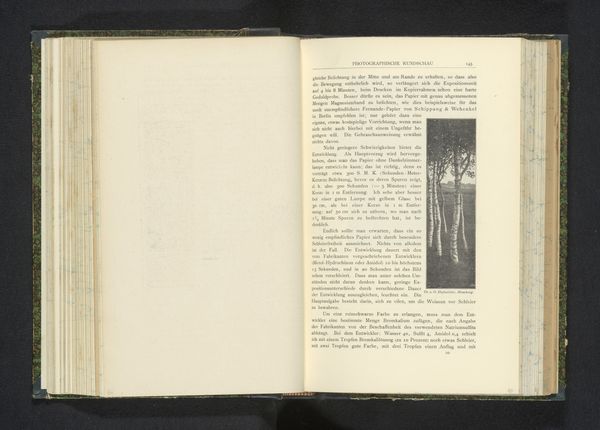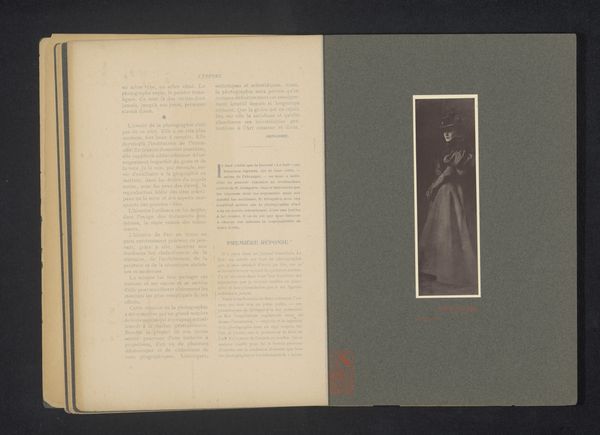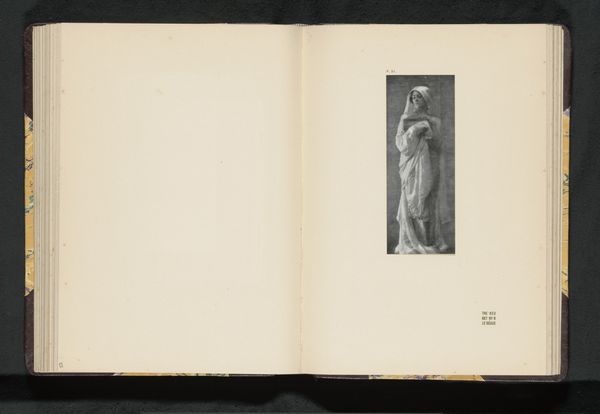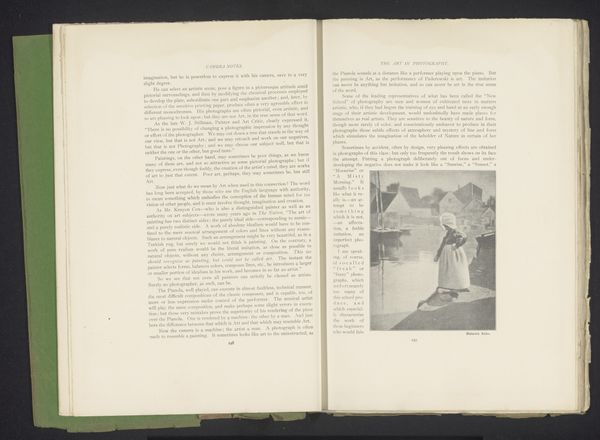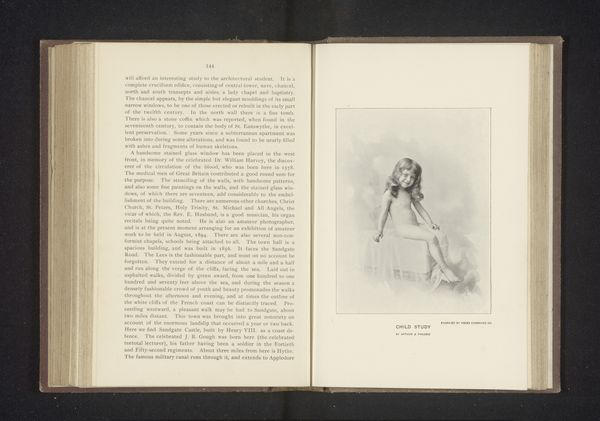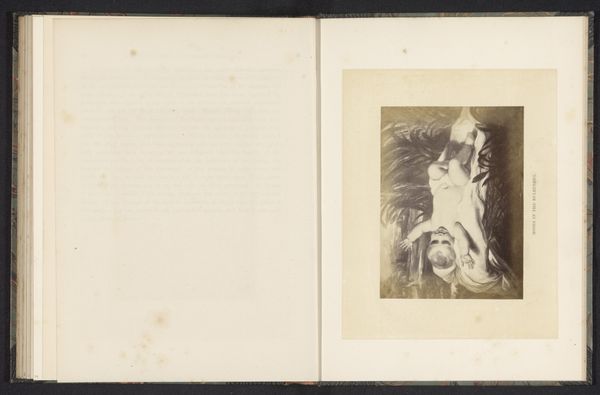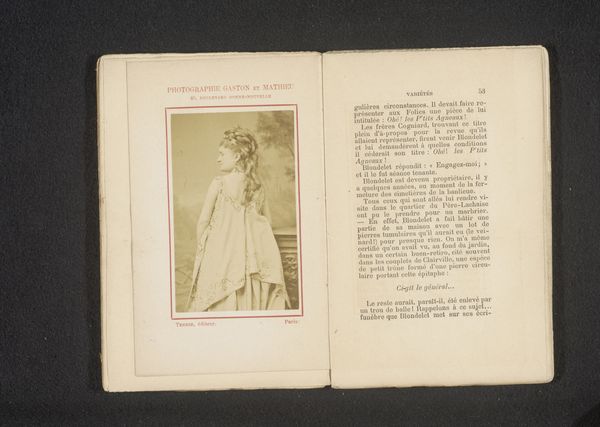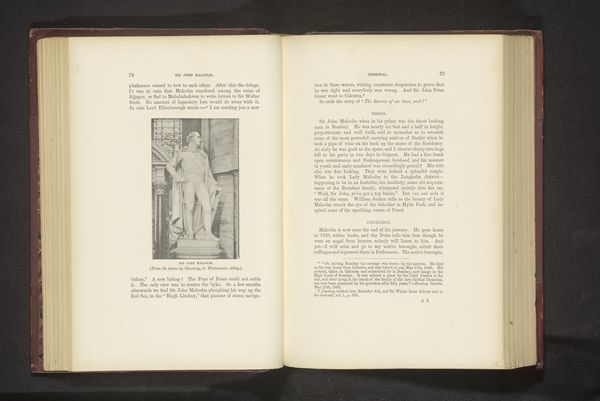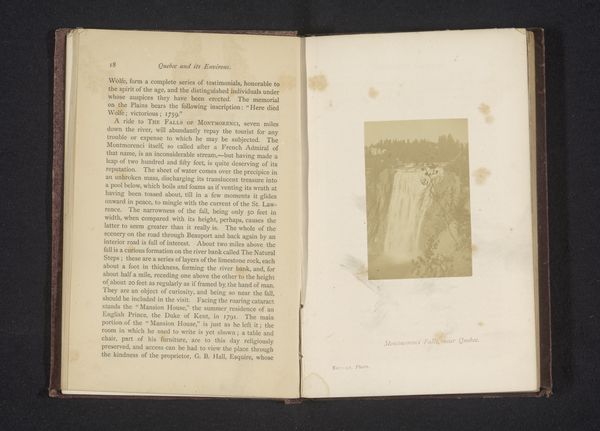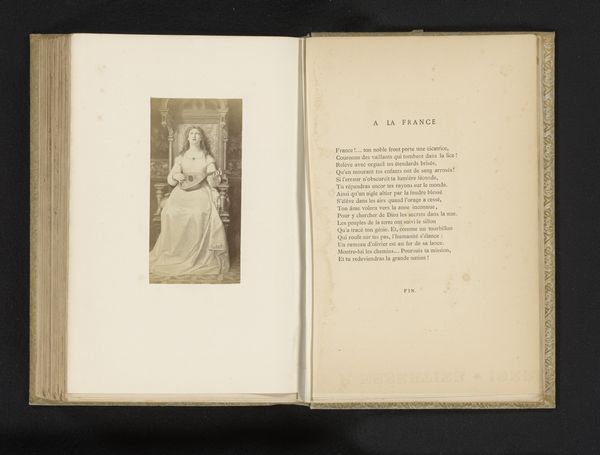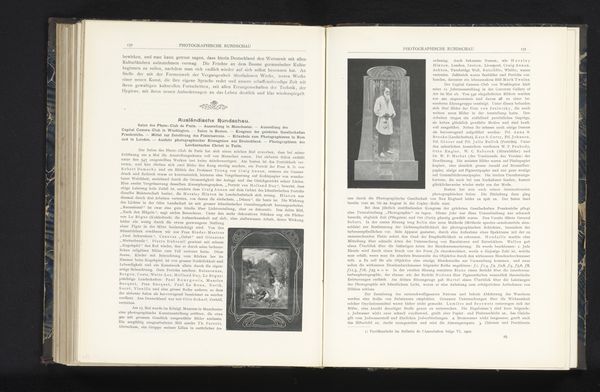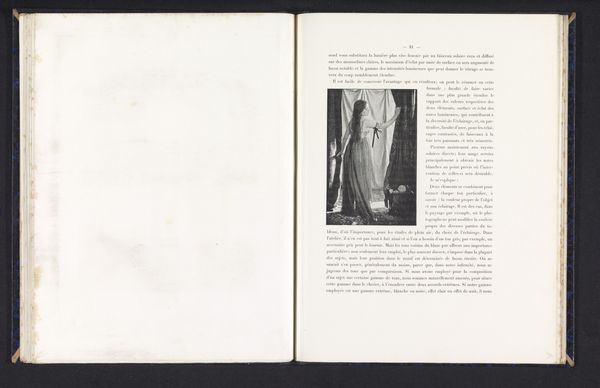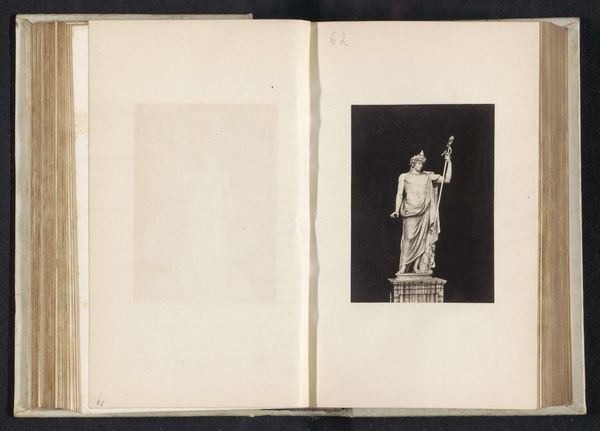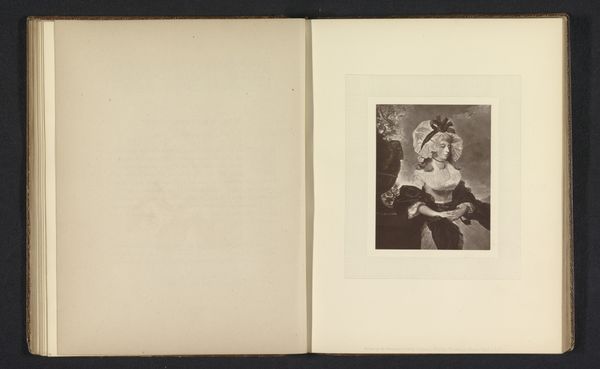
photography
#
photography
#
symbolism
#
nude
#
erotic-art
Dimensions: height 148 mm, width 110 mm
Copyright: Rijks Museum: Open Domain
Curator: Looking at this fascinating piece, we see a photogravure by Alfred Enke titled "Portret van een onbekende vrouw met bladeren op haar hoofd," or "Portrait of an Unknown Woman with Leaves on her Head," dating back to before 1899. It’s quite evocative. Editor: Immediately, I get this sense of serene melancholy, you know? The sepia tones and the woman’s pose… she seems caught between worlds. Is that an intentional vulnerability or the calculated gesture of a posed sitter? Curator: Well, the use of photography during that period often intertwined with Symbolism. This work embraces that aesthetic, evident in the dreamlike quality. The woman is draped, seemingly nude, adorned with foliage, creating a rather classical, even pagan, scene. Enke likely aimed to elevate the subject, to hint at beauty and primal innocence through artistic representation. Editor: It is like seeing something sacred, but then I have questions. The social position of the subject and audience is unknown; Was the female form really freed? Were these photographers using vulnerable bodies for monetary or prestige gain? Or could she have a degree of agency within this visual economy? Curator: Those are very crucial points to ponder. In the late 19th century, the depiction of the nude form walked a tightrope. It negotiated cultural norms and artistic license. Often, such images circulated within select circles, raising issues about spectatorship and control. There is the question of if this photograph truly breaks barriers, or if it reinscribes expectations for feminine form? Editor: The tension between beauty and the problematic history of these kinds of images makes me want to question whose values of representation this photography really upholds and preserves. It's also striking to remember that this portrait, or perhaps staged art study, has outlived the woman by centuries and that we’re left only with the artist’s representation and not hers. Curator: True, there are numerous ways we could approach its understanding now. Perhaps the figure remains intentionally unknowable. Enke, through light and shadow, has not just presented us with a portrait, but a silent invitation into contemplation, or a gentle questioning of the power dynamics always embedded in the art we have and enjoy now.
Comments
No comments
Be the first to comment and join the conversation on the ultimate creative platform.
